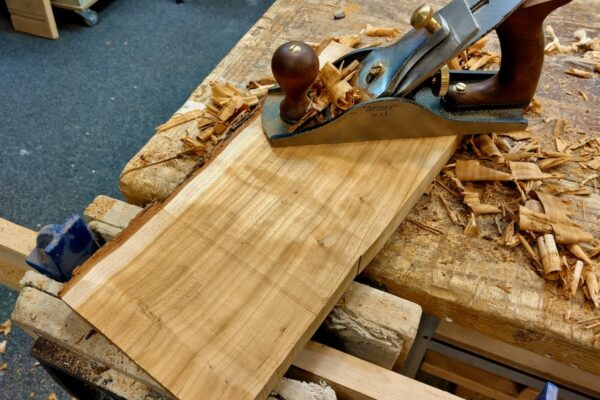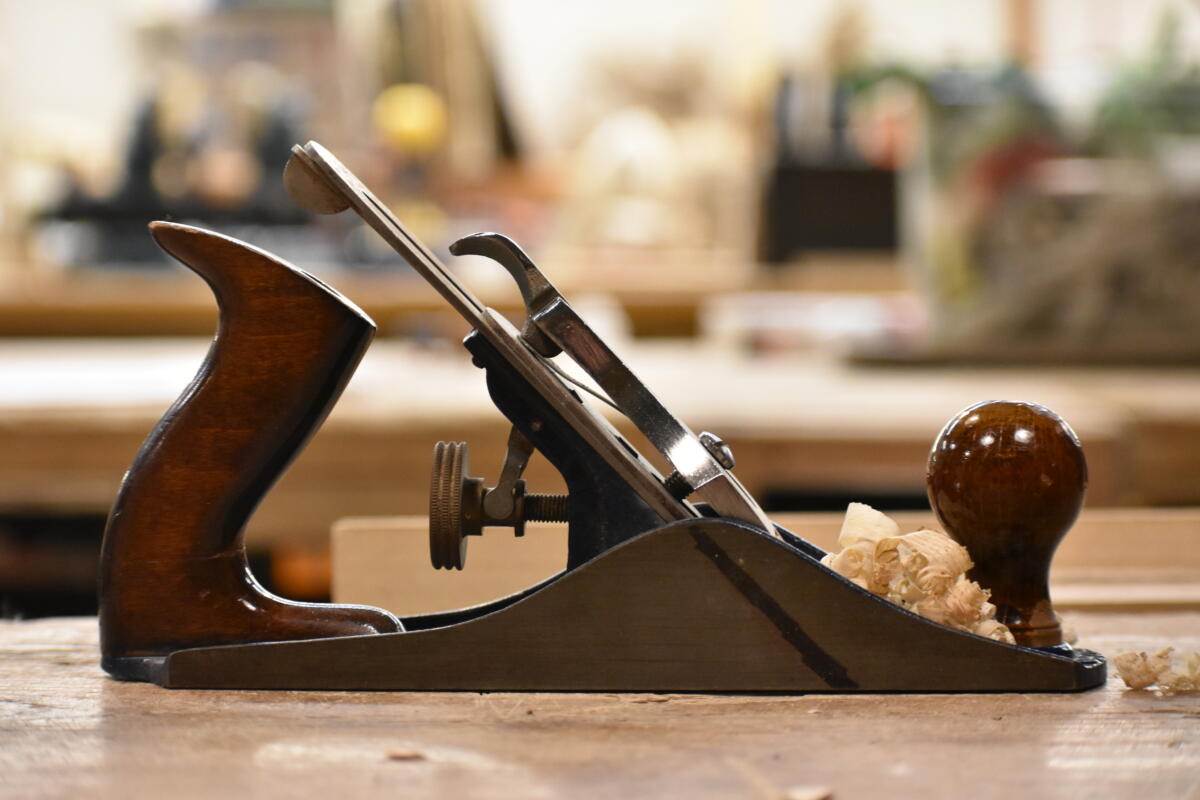QUALITY TOOLS IN WOODWORK INSPIRE EXCELLENCE
by Yoav Liberman
Woodwork Teacher
Published originally in FineWoodworking
I am fortunate to serve as a woodworking teacher in a school that champions, through creed and curriculum, the interdependency of mind and hand as a way to cultivate human growth. Our students embark on their tactile journeys with soft materials like wax, felt, and yarn—forming, felting, and knitting three-dimensional objects. Upon reaching the fourth grade, they step into our woodshop to explore wood’s unique properties—its hardness, elasticity, and grain directionality. After acquainting them with saws, chisels, gouges, and rasps, I introduce them to the plane.

Witnessing a finely tuned tool with a razor-sharp blade effortlessly peeling away thin shavings marks a profound “aha” moment in my students’ immersion into the art of woodworking. The workshop echoes with sounds of astonishment as the lacy strips of hard maple curls emerge from the plane’s throat. Then, when I unravel a thin curl and let them see, smell, and feel its translucent transparency, they are all in complete awe. This experience is transformative, allowing them to grasp the intrinsic nature of wood—a distinct fibrous material. Unlike the fibers encountered in their earlier handwork classes, wood possesses the unique quality of solidifying its layers, unveiling its true colors only when a keen blade skillfully peels away these layers.
Over the past 90 years, our school’s woodshop has amassed an array of planes.
Our planes undergo significant use, particularly during the 8th-grade stool-building and 9th-grade box-making classes. As my students engage with various types of lumber—straight grain, the challenging “crazy grain,” domestic softwood and hardwood, and even scraps of exotic wood—I dedicate a considerable amount of time to sharpening and honing these tools.
While I don’t entrust younger students with the sharpening process, I emphasize the importance of treating the tools with respect and operating them carefully and efficiently.
Moreover, having a special tool that only trustworthy students can use becomes a powerful educational symbol, encouraging students to strive to demonstrate their worthiness. This rare and treasured tool, kept separate from the others, is only entrusted to those who have proven themselves in the craft, fostering a sense of accomplishment and responsibility among students. It becomes a worthy investment that significantly impacts pedagogy and shop culture.



